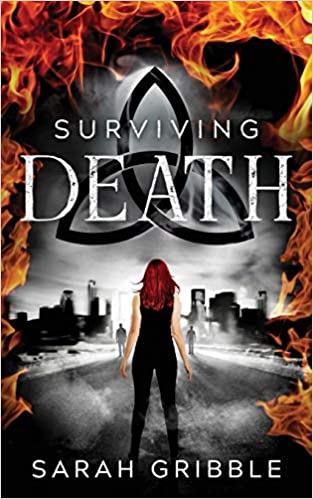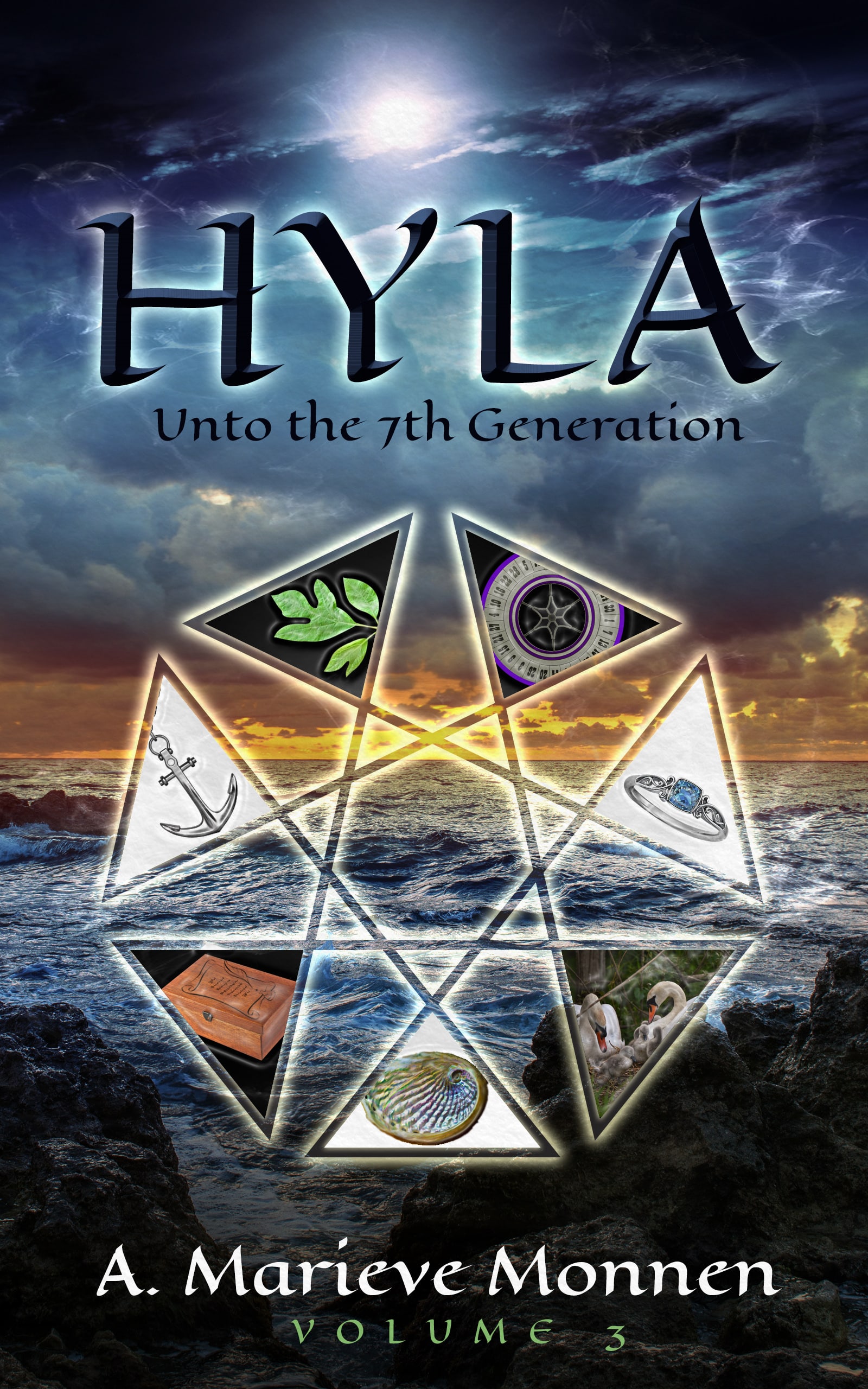
by Joslyn Chase |
In real life, some folks love surprises and others hate them. But one thing is certain—in fiction, you need them to write a book readers can’t put down. One way to deliver is through a narrative hook. But what is a narrative hook and how can you write a hook to captivate readers?
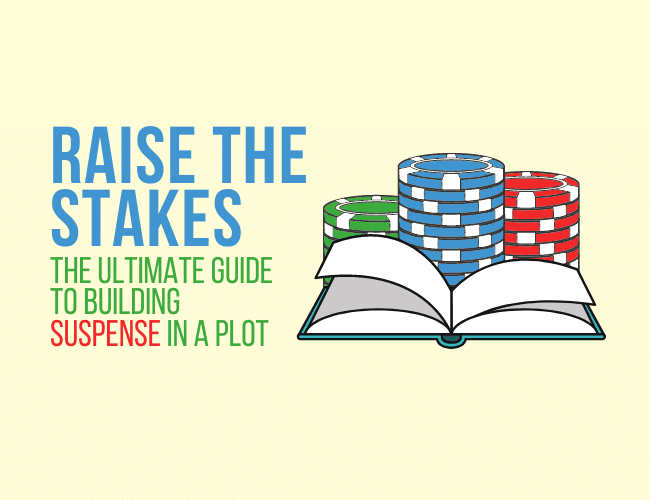
by Joslyn Chase |
As a writer, you know building a foundation for your story, like a hook and sympathetic character, will allow you to grab readers right out of the starting gate. But once you’ve done this, do you know how to raise the stakes?
While a high stakes beginning grabs readers, it will only excite you and your reader for a few scenes. Without elevating stakes, your reader’s excitement about the plot will wear off if nothing bigger happens. Any interest in your story as a whole will flatten.
It’s human nature. We become inured. But you can avoid this happening by making the path of your book less like that flatland racetrack, and more like a jagged mountain range. With ups, downs, and an overall rise to the finish.
In this article, the word of the day is “stakes.”
As your story’s conflict progresses, the risks to your main character must intensify, keeping the reader invested in turning pages to find out what happens. Once you’ve laid the foundation for high suspense and captured your reader’s attention, you need to up the ante. Similar to the stakes of a hand of poker.
Finding ways to do this is not always easy, but when you put forth the effort, the results can be spectacular!
And there are practical strategies and tips you can use to do this.
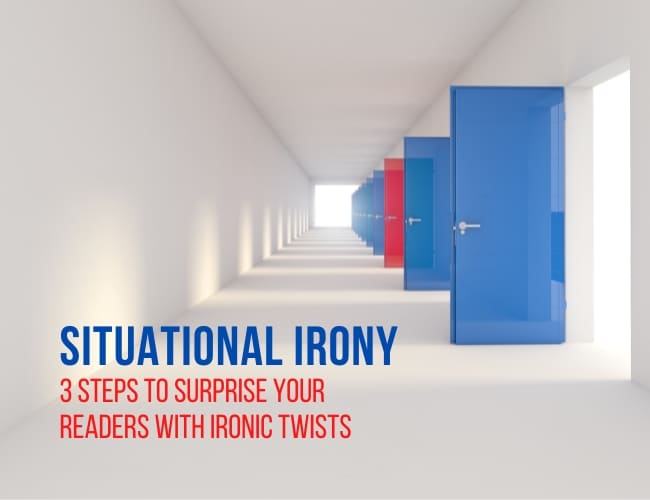
by Joslyn Chase |
So, you’ve figured out how to write a story that works. You know you need a character, in a setting, with a problem. You know you need a series of try/fail cycles, followed by a climactic scene and the resolution. The structure is simple, but it’s not always easy.
In particular, it can be challenging to sustain and escalate the story’s momentum through those try/fail cycles. And it would be nice to have something that could give your story a delicious ribbon of flavor, instilling brilliance and meaning.
Here’s the good news—there is such a technique. It’s called situational irony, and in this article, we’re going to take a look at what it’s made of and how to construct it in your own work.
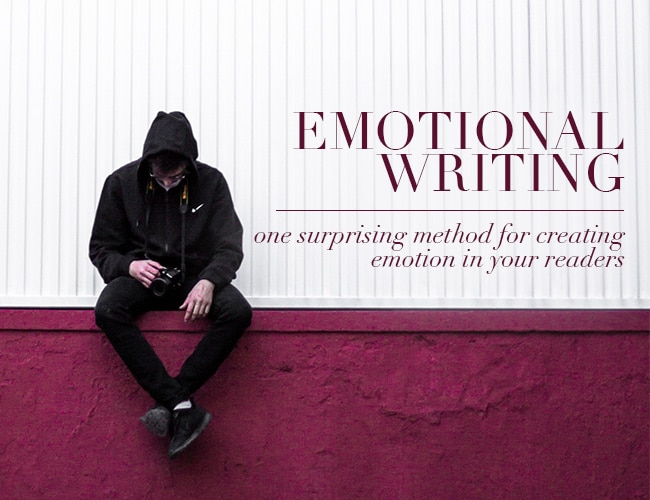
by Joslyn Chase |
As a writer, you’ve probably learned that story is not about what happens. Rather, it’s about how the events affect the protagonist. The plot points may appeal to the reader’s intellect, but you want to go deeper than that, reaching and stirring the coals of a reader’s emotions. That kind of emotional writing is when you make a real connection, establishing something meaningful between writer and reader.
But how is this done? How do you reach beyond the plot points and offer your reader something more? There are a number of ways to accomplish this, but I’m going to focus on one technique that might surprise you.

by Joslyn Chase |
If you’ve made it your mission to write, it’s probably because you love reading. Your life has been touched and changed by books you’ve read and stories you’ve heard since you were a tot, and now you want to create that experience for others. The irony is that once you start writing, it’s often difficult to find time for reading, and that’s just wrong on so many levels.






